How to Take Advantage of AI Search
Search is undergoing a revolutionary transformation. Traditional search engines like Google and Bing are integrating AI-generated results, while dedicated AI search platforms like Perplexity AI are fundamentally changing how users discover and consume information. According to Google’s own research, this shift represents one of the most significant changes to search technology since the introduction of mobile-first indexing.
Instead of simply ranking websites, AI search engines retrieve, analyze, and generate summaries based on multiple sources. As highlighted in Perplexity’s analysis of AI vs. traditional search, this transformation presents new opportunities for businesses to increase their visibility in AI-powered results through Generative Engine Optimization (GEO).
GEO focuses on making your content accessible, relevant, and valuable for AI models. Whether your goal is to increase brand exposure, drive traffic, or enhance credibility, understanding how to optimize for AI-generated search results is essential for maintaining competitive advantage in the digital landscape.
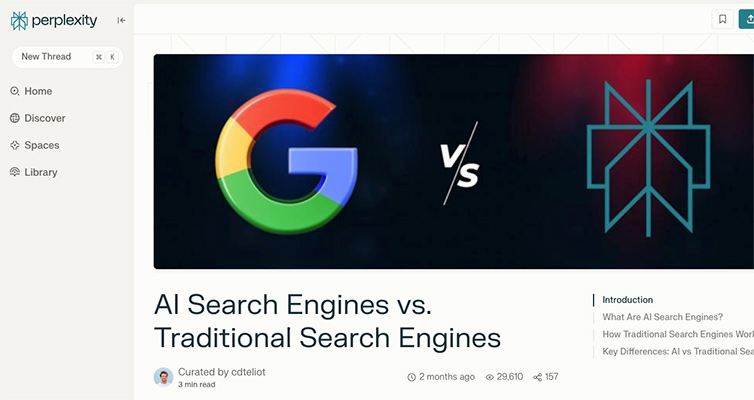
Understanding AI Search Engine Mechanics
AI-driven search represents a fundamental shift from traditional keyword-based search engines. According to Perplexity’s comprehensive guide, this new paradigm relies on sophisticated processing methods and advanced technologies to deliver more intuitive, context-aware search results.
Core Technology Components
Natural Language Processing (NLP) forms the foundation of AI search, enabling systems to understand context, meaning, and semantic relationships between words. This goes far beyond simple keyword matching, allowing search engines to comprehend user intent and content meaning in ways previously impossible.
Content summarization capabilities, powered by advanced AI models like GPT-4 and Google Gemini, enable these systems to synthesize information from multiple sources into coherent, direct responses. This represents a significant departure from traditional search engines’ approach of simply listing relevant websites.
Multi-turn conversation support allows users to refine and explore topics through natural dialogue, while sophisticated entity recognition helps establish content authority and relevance within specific knowledge domains.
Processing and Analysis Methods
Modern AI search engines employ complex processing techniques to understand and rank content. Semantic analysis allows them to interpret contextual meaning, including industry-specific terminology and idiomatic expressions. Intent classification systems categorize queries based on user goals, whether informational, navigational, or transactional, adjusting responses accordingly.
These systems validate information through cross-reference verification across multiple sources, ensuring accuracy and comprehensiveness. The result is dynamic response generation that synthesizes the most relevant and authoritative information in real-time.
Key Ranking Factors for Generative AI Search
Authority & Trustworthiness
AI models prioritize content from high-authority sources with verified data. Establishing authority requires clear expert authorship with verifiable credentials, comprehensive citations to authoritative sources, and consistent recognition from respected industry voices. Regular content updates maintain accuracy and demonstrate ongoing expertise in your field.
Structured Data & Schema Implementation
The implementation of Schema.org markup is crucial for helping AI models understand content structure and relationships. FAQPage schema facilitates the extraction of question-answer content, while HowTo schema optimizes instructional material. Article schema provides essential context about authorship and publication details, and Organization schema helps establish entity relationships and brand authority.
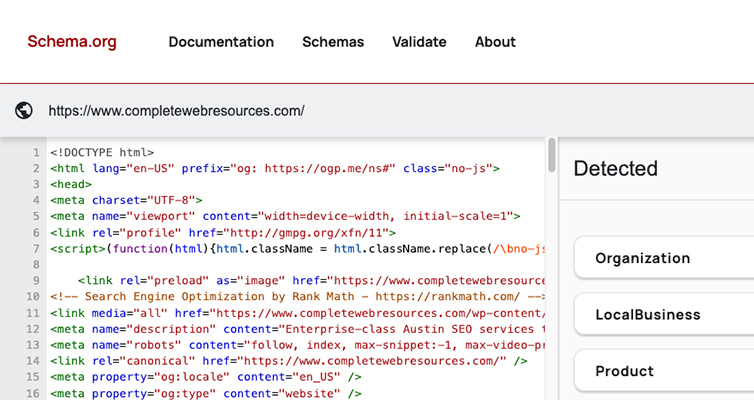
Content Structure and Readability
Effective content organization significantly impacts how AI models process and utilize your information. A clear hierarchy with descriptive headers helps establish content relationships, while logical progression of ideas ensures coherent information flow. Content should maintain a natural, conversational tone that matches user intent, with technical terms clearly defined and consistently used throughout.
Technical Foundation Requirements
A robust technical infrastructure is essential for AI search optimization. This includes maintaining clean HTML structure with minimal JavaScript rendering, ensuring fast load times and efficient server response, and implementing mobile-first design principles. URL architecture should follow logical patterns that reflect your site’s content organization.
AI Crawler Management and LLMs.txt Implementation
One of the most significant developments in AI search optimization is the emergence of LLMs.txt, a crucial tool for managing how AI models interact with your content. The LLMs.txt file serves as a communication bridge between your website and AI platforms like ChatGPT, Perplexity, Google Gemini, and Bing Generative Search.
The LLMs.txt standard allows website owners to specify how AI models should access, interpret, and utilize their content. By implementing a properly formatted LLMs.txt file, you can optimize your website’s visibility in AI-generated search results and improve your AI share of voice.
WordPress users can streamline this process using the Website LLMs.txt Plugin, which automatically generates and manages your LLMs.txt file while integrating seamlessly with popular SEO plugins like Yoast and RankMath. The plugin ensures your LLMs.txt file is properly compiled and maintained, helping AI systems better understand and reference your content.
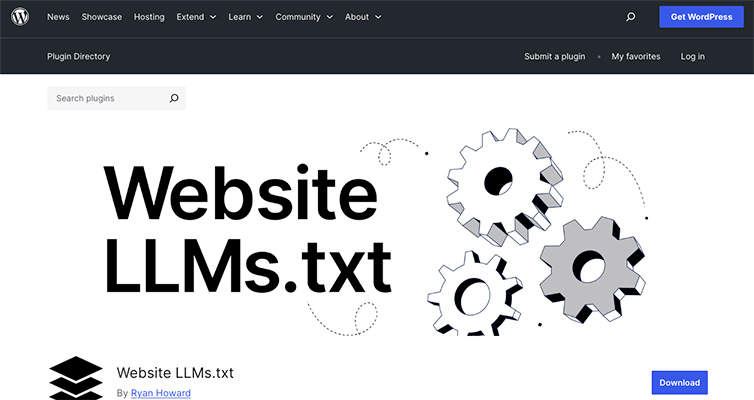
Content Quality and AI Compliance
Google has provided clear guidance on AI-generated content in their official documentation. The key focus remains on creating helpful, people-first content that demonstrates E-E-A-T (Experience, Expertise, Authoritativeness, and Trustworthiness). This means providing unique insights and value not available elsewhere, demonstrating clear expertise and first-hand experience, and maintaining transparency about AI usage in content creation.
Advanced GEO Strategies
Developing content that demonstrates true expertise and authority requires a comprehensive approach. This includes creating interconnected topic clusters that cover subjects in depth, incorporating unique expert perspectives and analysis, and presenting complex information through clear data visualizations. Regular content updates ensure information remains current and valuable.
Next-generation AI search capabilities require attention to multimodal content optimization. This encompasses comprehensive image optimization with descriptive alt text and captions, detailed video transcripts with proper timestamps and metadata, and accessible interactive elements that enhance user engagement.
Conversational Search Optimization
As highlighted in Perplexity’s guide to conversational search, AI search engines increasingly focus on natural language interactions. Success requires anticipating various query phrasings, maintaining topical relevance throughout content sections, and structuring information to facilitate natural topic progression. Content should flow logically, answering related questions in a sequence that mirrors natural conversation patterns.
Measuring and Analyzing GEO Performance
Tracking GEO success requires monitoring multiple key performance indicators. This includes measuring the frequency of content appearances in AI-generated responses, analyzing how AI models reference your content, and understanding interaction patterns with AI-sourced traffic. The performance of AI-driven traffic versus traditional search provides valuable insights into optimization effectiveness.
Performance monitoring tools are essential for comprehensive tracking. Specialized AI search monitors track mentions and citations, while analytics integration helps identify AI-sourced traffic patterns. Platforms like HubSpot’s AI Search Grader provide visibility metrics, complemented by custom tracking implementations for specific AI search interactions.
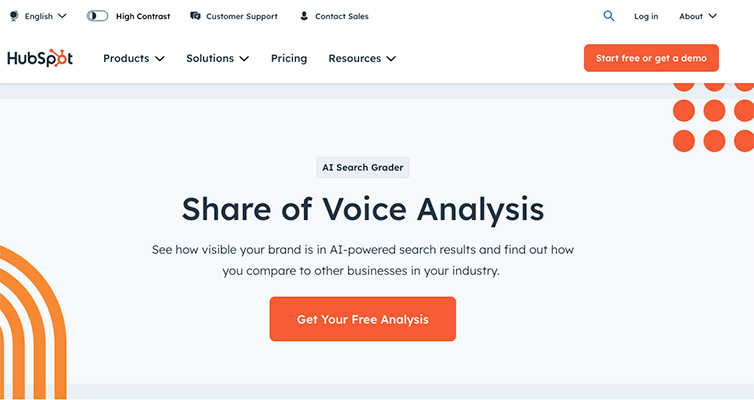
Falconrank.ai is another robust tool in your performance tracking arsenal, offering real-time insights into how your business ranks in Generative AI Search with a focus on geo performance. It monitors key indicators like the frequency of content appearances and local engagement patterns, allowing you to see precisely how AI models reference your content across various regions.
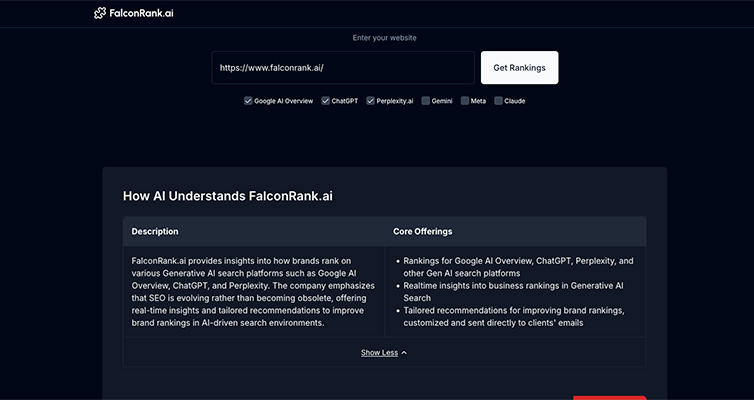
Future of AI Search
The evolution of search capabilities continues to accelerate, with AI-driven personalization creating increasingly customized user experiences. Multimodal integration is enabling seamless combinations of text, image, and video search, while improvements in semantic understanding are delivering deeper comprehension of content meaning and context.
Successful adaptation requires maintaining strict content accuracy and ethical standards while implementing comprehensive technical optimization. Organizations must stay attuned to regulatory developments and focus on creating diverse, high-quality content formats that serve both human readers and AI systems.
Shaping the Future of Digital Discovery
The emergence of Generative Engine Optimization marks a pivotal moment in digital marketing and content strategy. As AI search continues to evolve, success will depend on the ability to create content that resonates with both human readers and AI systems. Organizations that embrace GEO principles and implement comprehensive optimization strategies will be better positioned to thrive in this new era of digital discovery.
The transformation of search technology through AI integration represents more than just a technical evolution—it’s a fundamental shift in how information is discovered, processed, and presented. By understanding and implementing the strategies outlined in this guide, businesses can ensure their content remains visible, valuable, and influential in an increasingly AI-driven digital landscape.



